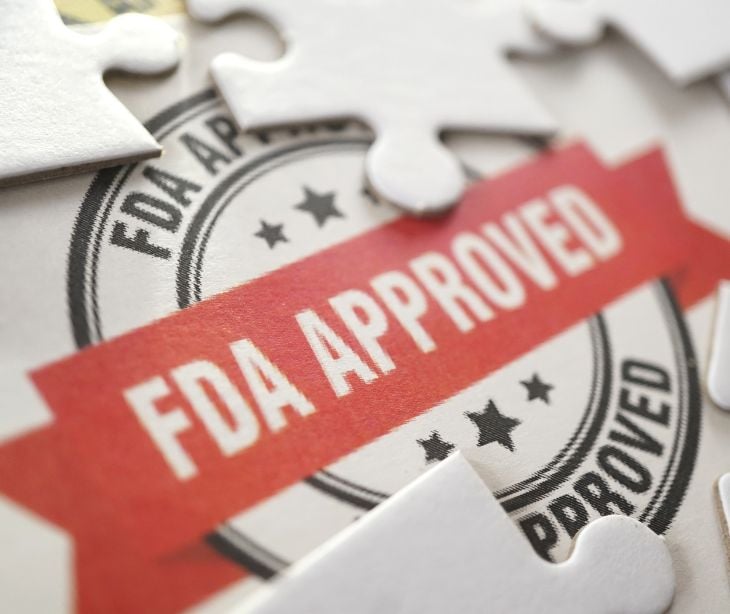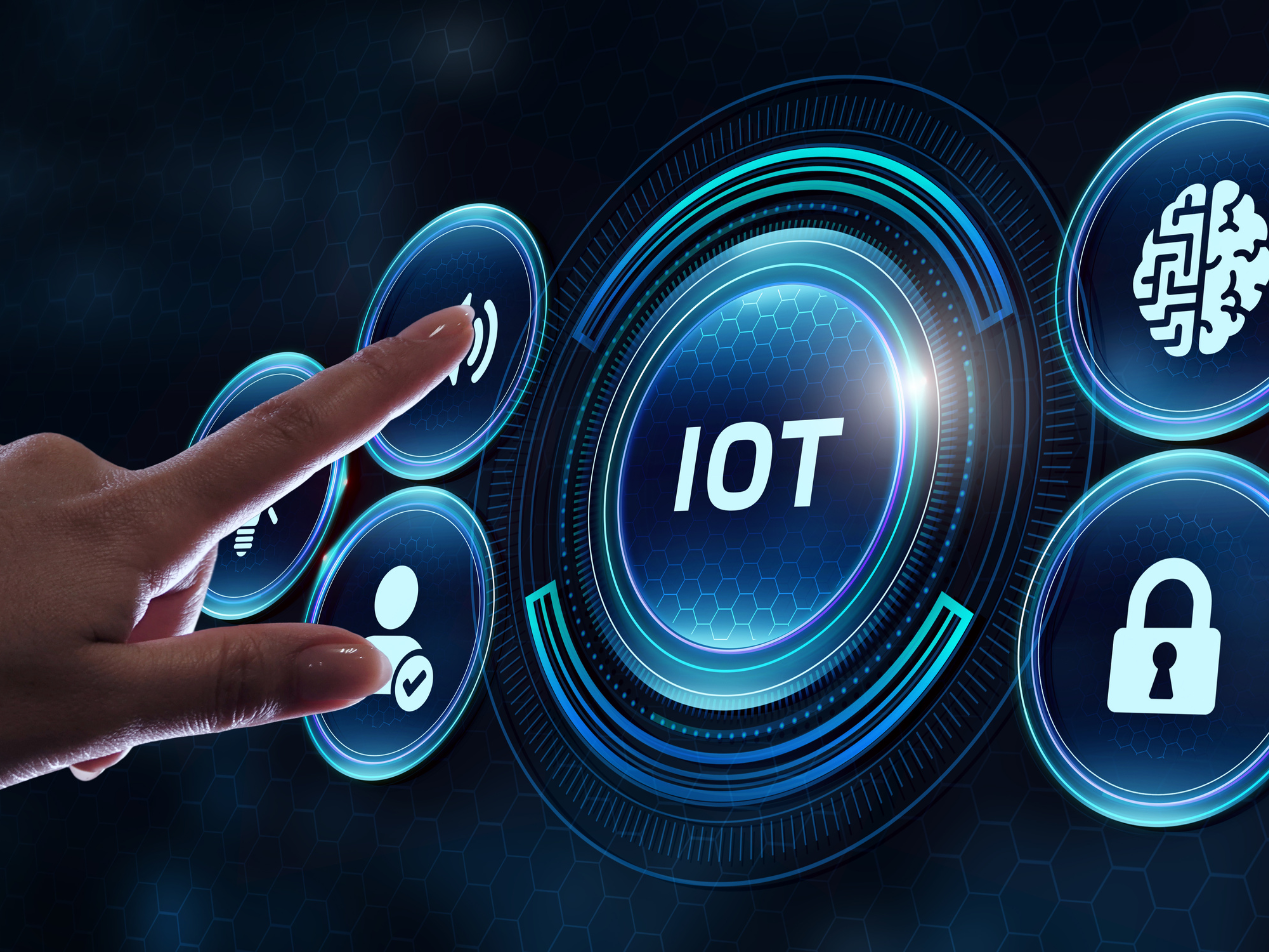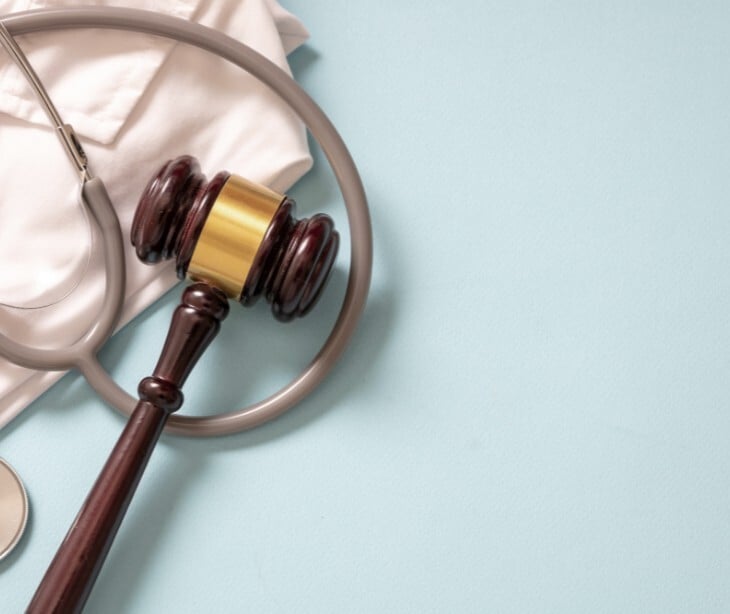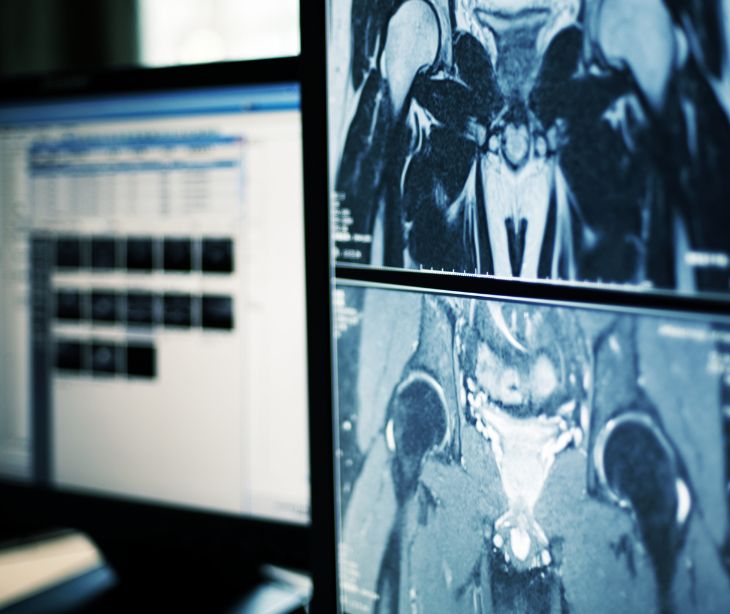3 min read
HIPAA and the FDA: Regulating privacy in medical health apps
Kirsten Peremore
June 12, 2023

The US Food and Drug Administration (FDA) primarily regulates apps that meet the definition of medical devices and can potentially impact patient safety. General wellness apps, which promote a healthy lifestyle, provide information or education, or offer support for managing overall well-being, typically fall outside the FDA's jurisdiction. For apps within the FDA's jurisdiction that require or make use of protected health information (PHI), compliance with HIPAA requirements is necessary to safeguard the security and privacy of this sensitive patient data.
The Role of the FDA in medical health app regulation
The FDA focuses on medical health apps that meet the definition of medical devices, which are products intended to diagnose, treat, mitigate, prevent, or monitor medical conditions. The primary goal of medical app regulation is to protect public health by ensuring that apps under their jurisdiction meet appropriate standards.
By regulating medical health apps, the FDA aims to ensure that these medical devices meet appropriate safety, reliability, and effectiveness standards.
Requirements for FDA regulated apps
Medical devices are classified into different categories, such as Class I, II, or III, based on the level of risk associated with their use. The requirements placed upon the apps depend on the classification it has. General considerations are:
- Design controls: Following established design control processes to ensure the safety and effectiveness of the app.
- Performance validation: Conduct appropriate testing and validation to demonstrate that the app performs as intended and meets the necessary standards.
- Adverse event reporting: Monitoring and reporting any adverse events or safety concerns associated with the app as required by the FDA.
- Post-market surveillance: Implementing processes for ongoing monitoring and evaluation of the app's safety and performance in real-world settings.
Related: Medical device cybersecurity: FDA wants bill of materials
Apps that fall within FDA jurisdiction
The FDA regulates certain medical health apps that qualify as medical devices. The FDA defines Medical devices as products used to diagnose, treat, mitigate, prevent, or monitor medical conditions. These include:
- Mobile medical apps: These are apps intended to be used as medical devices either by themselves or in conjunction with other medical devices. This includes apps that perform diagnostic functions, provide patient-specific treatment recommendations, or monitor vital signs.
- Software as a medical device (SaMD): SaMD refers to software intended for medical purposes, such as diagnosing, treating, or preventing disease. It includes apps that analyze medical images, aid in clinical decision-making, or provide algorithms for disease management.
- Health monitoring devices: Certain health monitoring devices that have an associated mobile app may be subject to FDA regulations. Examples include apps that interact with wearable devices to monitor parameters like heart rate, blood pressure, or glucose levels.
- Clinical decision support software: The FDA regulates clinical decision support software that provides recommendations to healthcare professionals for making treatment decisions. This may include apps that analyze patient-specific data and provide suggestions or guidance.
The Role of HIPAA in medical health apps regulation
HIPAA sets the standards for protecting sensitive patient information, known as PHI. Medical apps that handle, store, or transmit PHI are subject to HIPAA regulations. These apps must implement necessary safeguards to ensure the confidentiality, integrity, and availability of PHI, protecting it from unauthorized access, use, or disclosure.
Requirements of HIPAA compliant apps
- Security rule: Implementing physical, technical, and administrative safeguards to protect PHI from unauthorized access or disclosure.
- Risk assessments: Conduct a comprehensive risk assessment to identify potential security risks and vulnerabilities.
- Privacy rule: Establishing policies and procedures for handling PHI. This includes data storage, transmission, and disposal such as HIPAA compliant email and encrypted Cloud Storage.
- Access controls: Implementing access controls and authentication mechanisms to ensure only authorized individuals can access PHI.
Compliance with the FDA and HIPAA
If an app collects PHI while also functioning as a medical device, both HIPAA and FDA regulations must be considered. This includes ensuring the security and privacy of PHI, as well as complying with the FDA's requirements for device safety and effectiveness.
Individuals developing a medical app using PHI should adopt a comprehensive approach that addresses both FDA and HIPAA compliance requirements. This may involve implementing appropriate technical, administrative, and physical safeguards to protect PHI, conducting risk assessments, establishing data breach response plans, and following FDA's quality system regulations for medical devices.
Challenges to compliance with FDA and HIPAA
Compliance with both FDA and HIPAA regulations presents significant challenges for organizations. Meeting the technical and security considerations of both FDA and HIPAA, such as safeguarding protected health information while addressing software design and validation, requires substantial expertise and resources. Resource constraints, especially for smaller organizations, can hinder the allocation of necessary funds and personnel for compliance efforts.
Related: Digital health predictions for 2023
Subscribe to Paubox Weekly
Every Friday we'll bring you the most important news from Paubox. Our aim is to make you smarter, faster.




